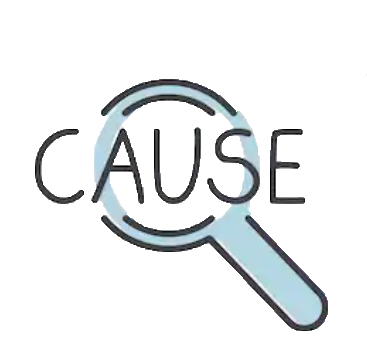1. Maintain strength.
Strong quadriceps and hip abductor muscles help keep the knee balanced during activity but avoid deep squatting during your weight training.
2. Think alignment and technique.
Ask your doctor or physical therapist about flexibility and strength exercises to optimize your technique for jumping, running and pivoting — and to help the patella track properly in its groove. Especially important is exercise for your outer hip muscles to prevent your knee from caving inward when you squat, land from a jump, or step down from a step.
3. Lose excess pounds.
If you are overweight, losing weight relieves stress on your knees.
4. Warm up.
Before running or other exercise, warm up with five minutes or so of light activity.
5. Stretch.
Promote flexibility with gentle stretching exercises.
6. Increase intensity gradually.
Avoid sudden changes in the intensity of your workouts.
7. Practice shoe smarts.
Make sure your shoes fit well and provide good shock absorption. If you have flat feet, consider shoe inserts.




